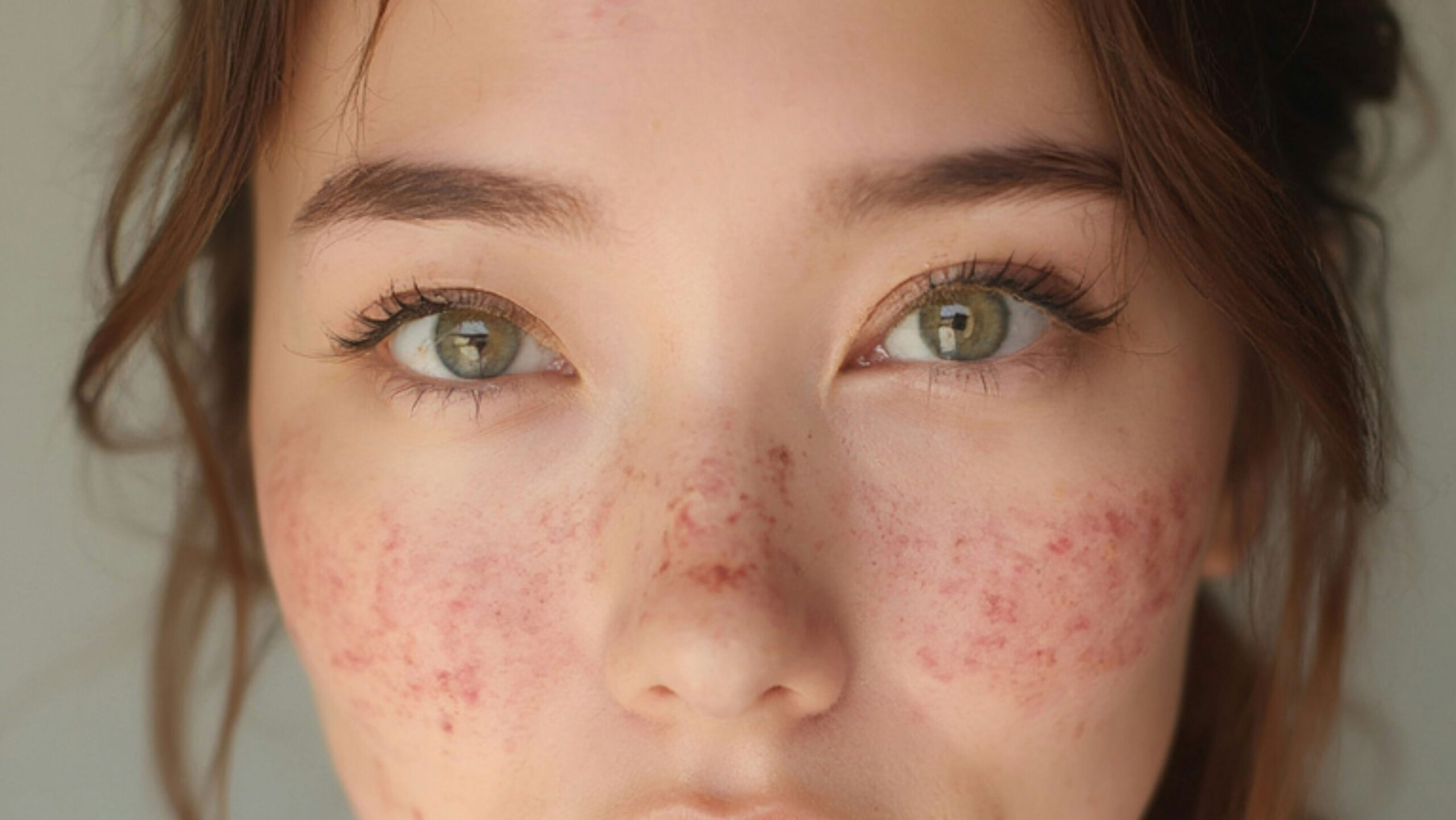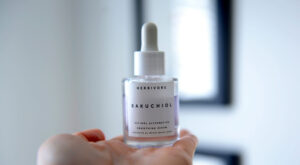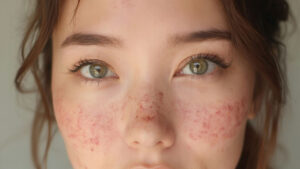You’re committed to your skincare routine, diligently cleansing and moisturizing, yet those pesky breakouts keep appearing. It’s a frustrating paradox: sometimes, the very products we use to improve our skin might actually be contributing to acne. Understanding what to look for on ingredient labels is crucial for achieving clear, healthy skin.
This guide will uncover common skincare ingredients that cause acne and highlight acne-triggering ingredients you should consider avoiding immediately. We’ll also discuss how to identify comedogenic ingredients and make smarter choices for your complexion, helping you achieve clearer skin without the guesswork.
The Culprits: How Certain Ingredients Trigger Breakouts
Acne forms when hair follicles become clogged with oil (sebum), dead skin cells, and bacteria. Certain ingredients in skincare products can exacerbate this process by:
- Clogging Pores (Comedogenic): These ingredients create a barrier on the skin or are sticky, trapping dead skin cells and sebum inside the pore.
- Irritating the Skin: Inflammation can stimulate oil production and make existing acne worse.
- Disrupting the Skin Barrier: A damaged skin barrier can lead to dryness, irritation, and increased susceptibility to breakouts.
- Feeding Acne-Causing Bacteria: Some ingredients can create an environment where P. acnes (now often referred to as C. acnes) bacteria thrive.
Ingredients to Avoid Immediately if You're Prone to Acne
Knowing these common offenders can help you clean up your routine and significantly reduce breakouts.
1. Heavy, Pore-Clogging Oils and Butters
While some oils can be beneficial, many are highly comedogenic (meaning they clog pores).
- Coconut Oil: Despite its popularity in natural skincare, coconut oil is highly comedogenic for many people, especially on the face. It can trap bacteria and dead skin cells, leading to breakouts.
- Mineral Oil & Petrolatum (in high concentrations): While often deemed non-comedogenic by some sources due to their purified nature, in some formulations, especially heavier ones, they can sit on the skin and contribute to clogged pores for acne-prone individuals. Always look for “non-comedogenic” on the label.
- Lanolin: Derived from wool, lanolin is a common emollient but can be highly comedogenic and irritating for sensitive or acne-prone skin.
- Shea Butter & Cocoa Butter: While nourishing for dry skin on the body, these heavy butters can be too rich and pore-clogging for many facial skin types, particularly those prone to acne.
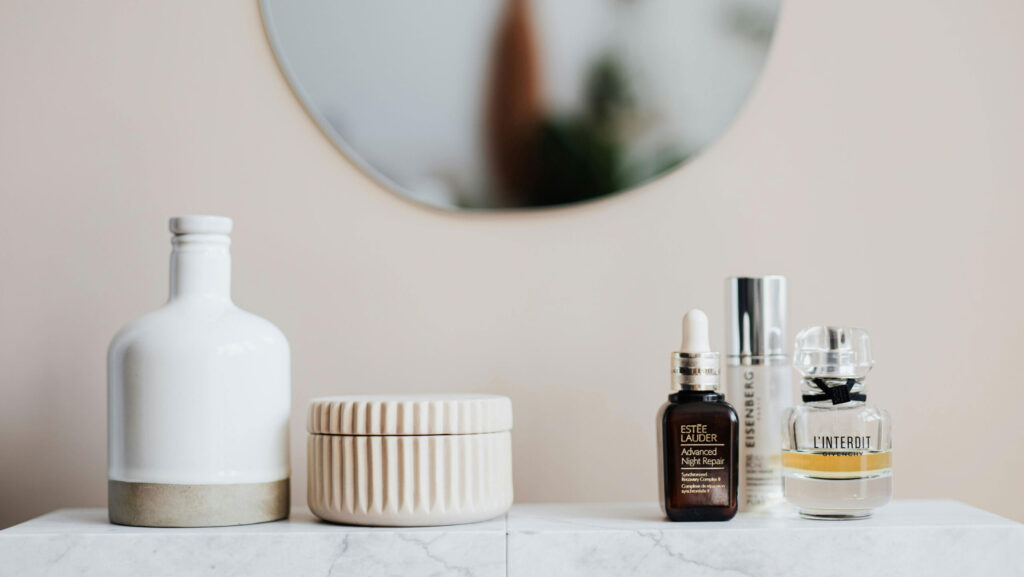
2. Certain Algae and Seaweed Extracts
It might sound healthy, but certain algae and seaweed extracts have been identified as highly comedogenic.
- Red Algae, Carrageenan, Plankton Extract: These can be found in various skincare products for hydration or anti-aging, but studies (often from the acne-focused skincare community) suggest they can be potent pore-cloggers for some. It’s wise to patch test or avoid if you’re struggling with persistent breakouts.
3. Artificial Fragrances and Dyes
While they make products smell and look appealing, synthetic fragrances and dyes are common irritants and can trigger allergic reactions or inflammation, which can indirectly lead to breakouts.
- Fragrance/Parfum: Often a blend of numerous undisclosed chemicals, artificial fragrances are a leading cause of contact dermatitis and irritation. If your skin is sensitive or acne-prone, opting for fragrance-free products is a smart move. This is why a fragrance-free retinol cream is often recommended for sensitive or acne-prone individuals, as retinol itself can be irritating.
- Dyes (e.g., Red 40, Yellow 5): Artificial colors serve no skin benefit and can be potential irritants.
4. High Concentrations of Isopropyl Myristate and Derivatives

This fatty acid ester and its derivatives (like Isopropyl Palmitate, Isopropyl Isostearate) are used as emollients and thickening agents. They are known for being highly comedogenic for a significant number of people. Check your lotions, foundations, and primers for these.
5. Denatured Alcohol (Alcohol Denat., SD Alcohol)
While some alcohols are fine (like fatty alcohols), denatured alcohol can be extremely drying and irritating. While it may provide a temporary tightening sensation, it strips the skin’s natural oils, leading to a compromised skin barrier and potentially causing your skin to overproduce oil in response, worsening breakouts. This is why an alcohol-free hazel toner is a better choice than conventional toners containing harsh alcohols.
6. Certain Silicones (especially in heavy concentrations)
While not all silicones are bad, very heavy or high concentrations of silicones (ending in -cone, -xane, -conol, e.g., Dimethicone, Cyclopentasiloxane) in certain formulations can create a film on the skin that, for some acne-prone individuals, can trap sweat, dead skin cells, and sebum, leading to clogged pores. Look for “non-comedogenic” labels.
How to Identify and Avoid Acne-Triggering Ingredients
Navigating ingredient lists can be overwhelming, but a few strategies can help:
- Look for “Non-Comedogenic” or “Non-Acnegenic” Labels: These terms indicate that the product has been formulated or tested to not clog pores. While not a guarantee for everyone (individual reactions vary), it’s a strong indicator.
- Read Ingredient Lists (Inci List): Ingredients are listed in order of concentration, from highest to lowest. If a known comedogenic ingredient is high on the list, proceed with caution.
- Patch Test New Products: Before applying a new product all over your face, test a small amount on a discreet, acne-prone area (e.g., jawline or behind the ear) for a few days to see if a breakout occurs.
- Simplify Your Routine: Sometimes, using too many products can overwhelm your skin and make it harder to identify the culprit. A minimalist approach can help clear things up.
- Be Wary of “Natural” or “Organic” Claims: “Natural” doesn’t automatically mean non-comedogenic. As seen with coconut oil, many natural ingredients can still cause breakouts.
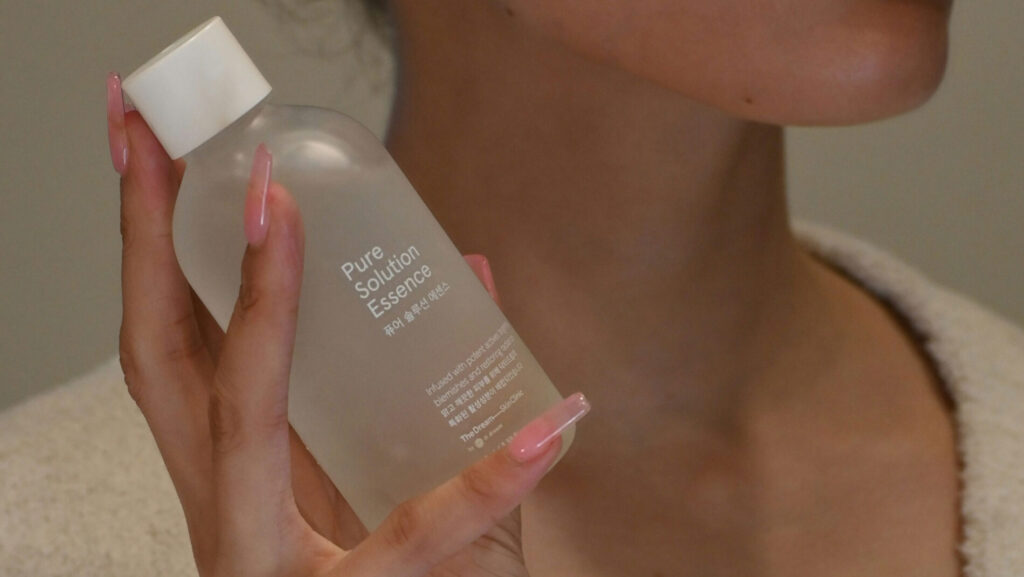
Beyond Ingredients: Other Skincare Habits That Can Cause Acne
Even with the right products, your habits can impact your skin.
- Not Cleansing Properly: Failing to remove makeup, sweat, and dirt, especially after workouts, can lead to clogged pores.
- Over-Exfoliating: Too much exfoliation (chemical or physical) can damage your skin barrier, leading to irritation and breakouts.
- Dirty Tools: Using uncleaned makeup brushes, sponges, or even your gua sha tool can transfer bacteria to your face.
- Touching Your Face: Hands carry dirt and bacteria that can transfer to your skin and worsen acne.
- Ignoring Body Acne: If you experience skincare for hyperpigmentation or acne scars on your body, ensure your body washes are also free of pore-clogging ingredients.
Frequently Asked Questions
Can my moisturizer cause acne?
Yes, your moisturizer can absolutely cause acne if it contains comedogenic ingredients (ingredients that clog pores) or if it’s too heavy for your skin type. Look for moisturizers labeled “non-comedogenic” or “oil-free.” An aloe vera moisturizer, for example, is often a safe bet as aloe is known for being soothing and lightweight.
Are natural oils good for acne-prone skin, or do they clog pores?
It depends on the specific natural oil. While some natural oils like coconut oil and olive oil are highly comedogenic for many people and can clog pores, others are beneficial for acne-prone skin. Examples of non-comedogenic or low-comedogenic oils include jojoba oil, grapeseed oil, sunflower oil, and rosehip oil. These can help balance oil production and provide hydration without triggering breakouts.
Is fragrance-free retinol cream safer for acne-prone skin?
Yes, a fragrance-free retinol cream is generally a safer and better choice for acne-prone skin. Retinol itself is a powerful ingredient for treating acne and improving acne scars and hyperpigmentation. By choosing a fragrance-free version, you reduce the risk of irritation and inflammation caused by synthetic fragrances, which can exacerbate acne or sensitivity.
Can a green tea serum for reducing redness help prevent acne?
A green tea serum can indirectly help acne-prone skin. Green tea is rich in antioxidants and has anti-inflammatory properties that can soothe irritation and reduce redness associated with breakouts. While it’s not a primary acne treatment like salicylic acid or benzoyl peroxide, by calming the skin and reducing inflammation, it can create a healthier environment for skin healing.
What is "non-comedogenic," and how important is it?
“Non-comedogenic” means that a product has been formulated or tested to not clog pores. This label is highly important for anyone prone to acne or breakouts, as clogged pores are the primary cause of acne lesions. While individual reactions can vary, choosing non-comedogenic products significantly reduces your risk of product-induced acne.
Can my hydrating face mask cause breakouts?
Yes, even a hydrating face mask can cause breakouts if it contains comedogenic ingredients or if it’s left on for too long, trapping sweat and oil. Always check the ingredient list for pore-clogging oils or butters. Opt for hydrating masks with ingredients like hyaluronic acid, glycerin, or aloe vera that are known to be non-comedogenic and beneficial for all skin types.
The content provided in this blog is for informational and educational purposes only. All product recommendations and skincare suggestions are intended to serve as general guidance and should not be considered a substitute for professional advice. Individual skin types and conditions vary, so please use discretion when incorporating new products or routines. We strongly recommend consulting with a licensed dermatologist or qualified healthcare professional before beginning any new skincare treatments, especially if you have sensitive skin, pre-existing conditions, or are currently using prescribed medications.
Note: All product links are for informational purposes and do not constitute endorsements. Always perform a patch test before introducing new products into your routine.

